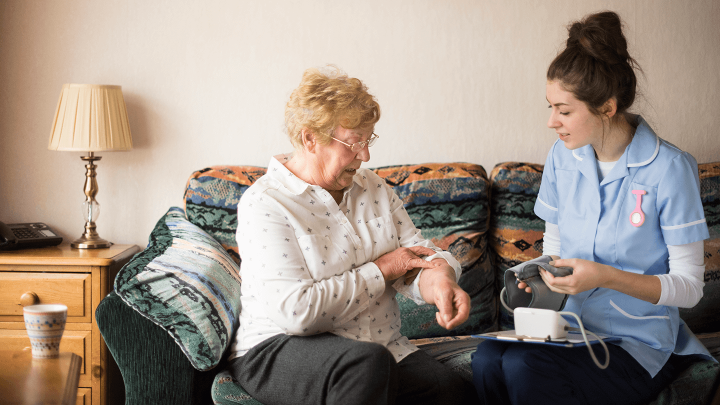How to use equity release to pay for care
As people age, long-term care often becomes a necessary and significant expense. For homeowners, equity release schemes provide a viable option to access the funds needed to cover these costs without having to sell their home or move out. In this article, we will explore what equity release schemes are, the different types available, and how they can be used to pay for care.
What is equity release?
Equity release is a financial arrangement that allows homeowners to access money tied up in the value of their property while still living there. This is particularly beneficial for those who have cleared their mortgage or have only a small balance remaining. The funds obtained can be used to pay for long-term care, medical expenses, or other financial needs.
What types of equity release can I use?
The specifics of how an equity release scheme operates depend on the type of mortgage arrangement a homeowner has. Here are some common types of equity release schemes available in the UK:
1. Lifetime mortgages
With a lifetime mortgage, you can release a tax-free percentage of the equity in your property while retaining ownership. This type of scheme often includes a no-negative equity guarantee, ensuring that the total debt will never exceed the property's value. The loan is repaid when the homeowner passes away or moves into long-term care.
2. Sale-and-rent-back schemes
This arrangement involves selling your home at a discounted rate and continuing to live there as a renter for an agreed period. It allows homeowners to access funds without relocating, but it is crucial to understand the terms and conditions thoroughly.
3. Home reversion plans
Home reversion plans involve selling your house (or a portion of it) at a price lower than the market value in exchange for a lump sum or regular income. You can continue to live in the property as a tenant, with the ability to stay there for the rest of your life.
How much equity can I release for care?
The amount of equity you can release depends on several factors, including your property's value, your age, and the specific terms of your mortgage arrangement. Generally, in the UK, you can release up to 60% of the overall property value. Some providers may offer higher amounts for certain medical conditions.
Costs involved in equity release
Before accessing an equity release scheme, there are various fees and costs to consider, such as:
Legal fees
Property valuation fee
Insurance fees
Early repayment charges (if you redeem the mortgage early)
Arrangement fee to the mortgage lender
Financial adviser fee
In some cases, you may also need to pay a completion fee, which can either be added to the loan or paid at the end of the process.
How to release equity for care
The process of obtaining equity release involves several steps:
Consult a Professional: As equity release involves entering into a contract, it is a requirement of the Financial Conduct Authority (FCA) to seek professional advice. A mortgage broker or financial adviser can help you understand the terms and ensure the process is affordable.
Application: Submit an application to your provider. Your home will be valued, and the application reviewed.
Approval and Fees: Once approved, you will need to pay the necessary fees.
Access Funds: The money will be deposited into your account, and you can use it to pay for care. Unused funds will remain in your account depending on your mortgage arrangement.
Why seek professional advice?
Navigating equity release can be complex. Professional advice ensures you make informed decisions and understand all terms and conditions. A mortgage broker or financial adviser can help streamline the process, making it as straightforward and affordable as possible.
Conclusion
Equity release is an effective way for homeowners to fund long-term care and other medical expenses. By understanding the different types of schemes available and seeking professional advice, you can navigate this financial option to achieve a favorable outcome. Whether you opt for a lifetime mortgage, sale-and-rent-back scheme, or home reversion plan, equity release can provide the financial support needed when you need it most.


